The blue sky is cloudy, the Gobi Desert is vast, Zongwulong is green, and Bayin water is vast;
The golden light gathers on the road, and the colorful colors are inlaid on the water.
Golden Delingha, a colorful world hidden deep in the vast Gobi Desert;
The gorgeous and colorful scenery is the vicissitudes of life carved out by nature in the northwest with time.
The tens of thousands of years of desert are resplendent today, shining brightly and flourishing day by day.
This is Qinghai Delingha.
“Delingha” is Mongolian, meaning “golden field”. It is located on the northeastern edge of the world-famous Qaidam Basin, with an average altitude of about 3,000 meters and a total area of 32,401 square kilometers, of which the urban area is 25 square kilometers. Delingha does not live up to its Mongolian meaning at all. The golden fields and golden autumn are the characteristics of Delingha, so magnificent, colorful and brilliant.
Delingha City is the seat of the capital of Haixi Mongolian and Tibetan Autonomous Prefecture in Qinghai Province, and is the political, economic and cultural center of the whole prefecture. The Qinghai-Tibet Railway, the Qinghai-Xinjiang Highway and the expressway cross the whole area, from east to west, from north to south, with latitude and longitude like a net. It can go east to Xining, the capital of the province, west to Xinjiang, north to the Hexi Corridor, and south to Tibet, with convenient transportation. There are mountains, rivers, lakes and basins in the territory, and the pastures and farmland are densely covered. According to records, as early as the Shang and Zhou dynasties, the ancient Qiang people worked hard and multiplied on this geomantic treasure land, and later it became a beautiful homeland for the Mongolian and Tibetan ancestors to run both farming and animal husbandry.
Nature has created a perfect natural environment for Delingha. With the development of economy and transportation, Delingha has become a famous summer resort and tourist resort. Delingha is rich in tourism resources. Tourist attractions include: downtown square, National Unity and Progress Tower, Bayin River landscape belt (beautiful night view), Haizi Poetry Exhibition Hall, Delingha Botanical Garden, Xihai Park, Huaitou Tala Rock Painting, Cypress Mountain, Aliteng Temple . Lake Ke is a freshwater lake, Tosu Lake to the south is a saltwater lake, and so on. Due to the superior geographical location of Delingha, it provides strong conditions for its development. Through the hard work of the people of all ethnic groups, a new plateau city stands majestically on the Gobi Gobi, which is 800 miles away.
Autumn is the most beautiful season in Delingha. In October, Delingha’s gorgeous figure is perfectly displayed, and various trees show colorful and gorgeous colors, among which golden yellow is the main one. With the arrival of autumn, the leaves of poplar trees, willow trees and French sycamores gradually turn from green to yellow to a piece of golden yellow, and the city is embedded in a golden world. These various trees covered with a layer of golden yellow are like rows of warriors in golden armor, guarding this beautiful small city day and night.
Autumn in Delingha is full of poetry. In people’s eyes, Delingha is a small golden city on the vast Gobi. There are mountains outside the city, water in the city, tree-lined paths covered with yellow leaves in the city, and the green Bayin River runs through the city from north to south. After passing, it flows slowly and finally flows into Tuosu Lake (freshwater lake). And Tosu Lake merged into Crook Lake, and at this time, Crook Lake became a bitter and astringent saltwater lake. There are colorful and charming willows planted on both sides of the Bayin River, as well as Gesang flowers with pink, yellow and white petals. The poetic scenery of Delinghana is that there are mountains and waters, and the mountains of different colors and heights are all the more distinctive against the blue sky and white clouds. The layers of yellow, red and green trees at the foot of the mountain are always changing there. Under the refraction of the sun, they are cool for a while and warm for a while. Although the changes are not drastic, the colors on the mountain can sense these changes and immediately follow them of transformation. Suddenly the yellow here became brighter, and suddenly it became darker there, and suddenly a cloud floated over and flowed over the top of the mountain, so the yellow, red, and green trees became more confusing. At night, colorful landscape lights transform the Bayin River into a colorful and dreamlike colorful river. With such mountains and waters, as well as the blue sky, white clouds, sunny and warm sunshine, colorful flowers and trees, and some cool breeze, this is the autumn in Delingha.
Autumn in Delingha is beautiful, the sky is blue, the water is emerald green, the wind is refreshing, and the colors are colorful. People yearn for the rich colors of autumn, especially the beautiful Populus euphratica forest in Northwest China, but most of the Populus euphratica forests are far away and inconvenient for transportation. Photography experts believe that from the perspective of viewing colors, as long as they are at the right time and place, the colors of poplar and Populus euphratica are the same. If you can’t imagine it, please come to Delingha to have a look.

Zongwulong Mountain in the evening

National Unity and Progress Tower

Delingha Railway Station
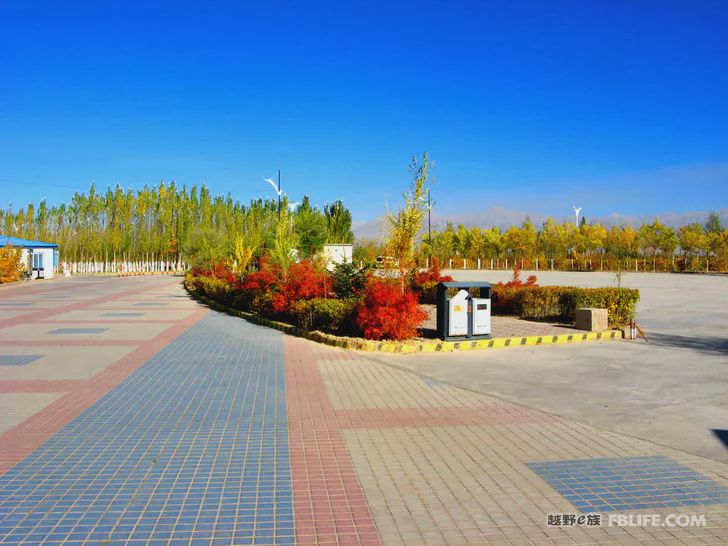
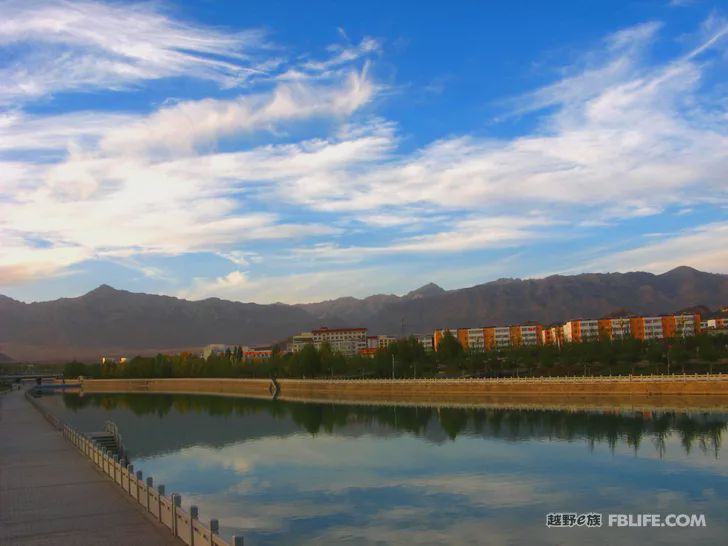
Bayin Riverside
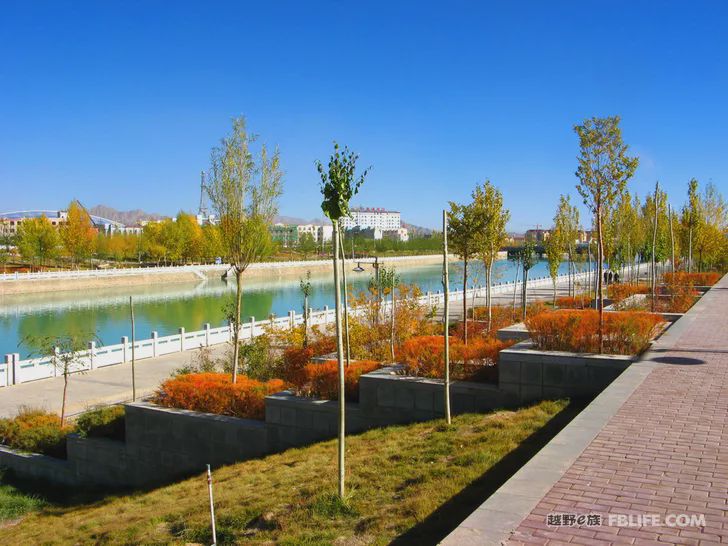
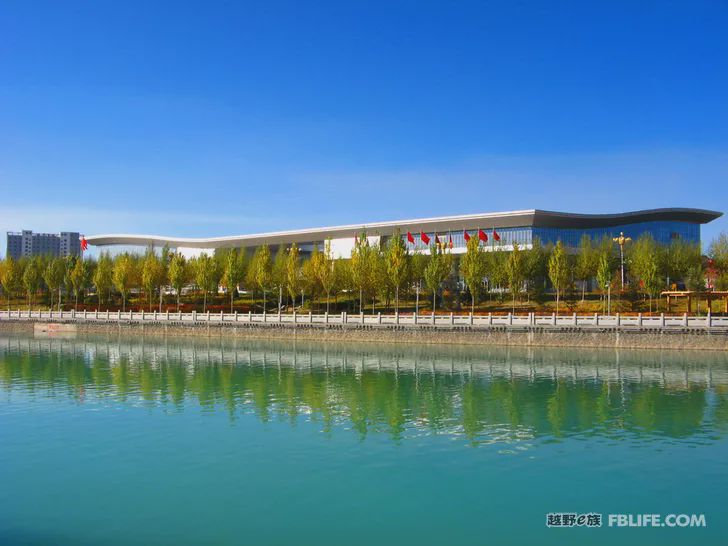

gold everywhere
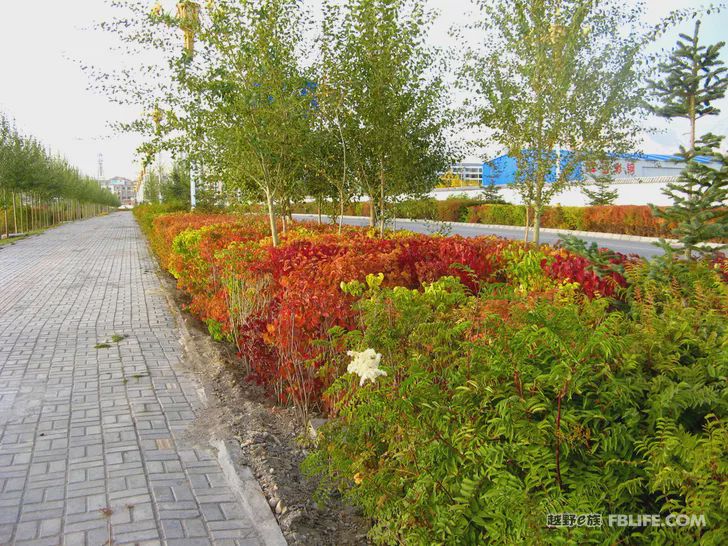

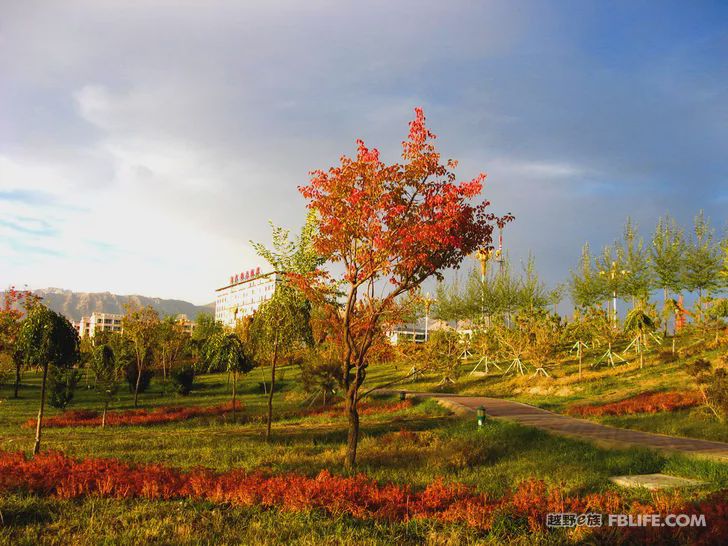
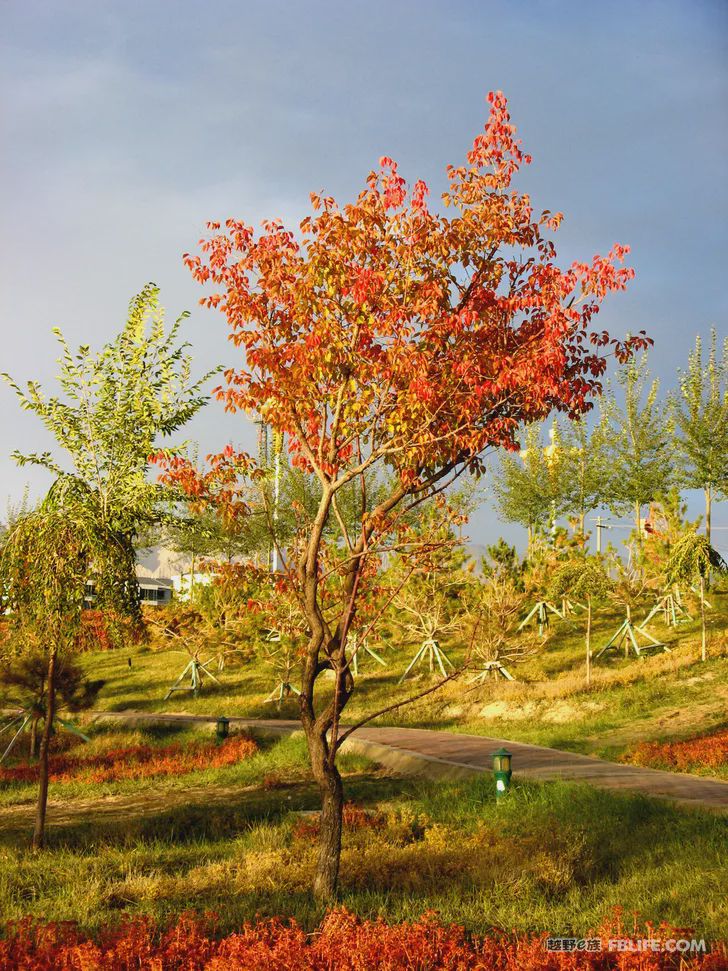
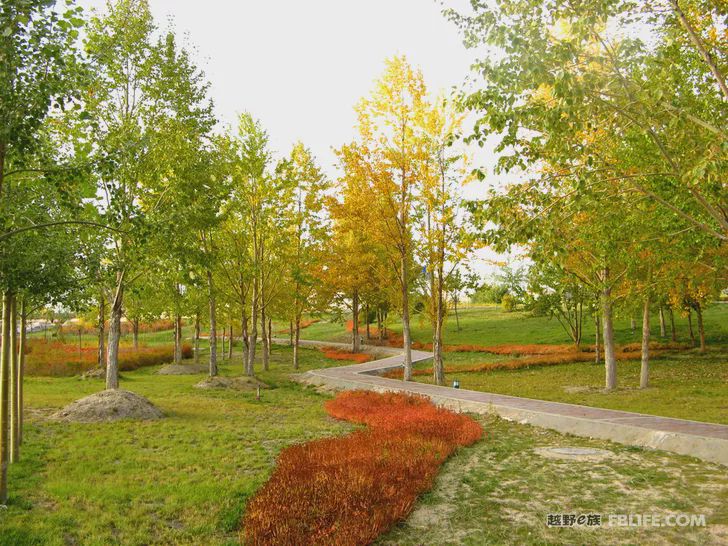
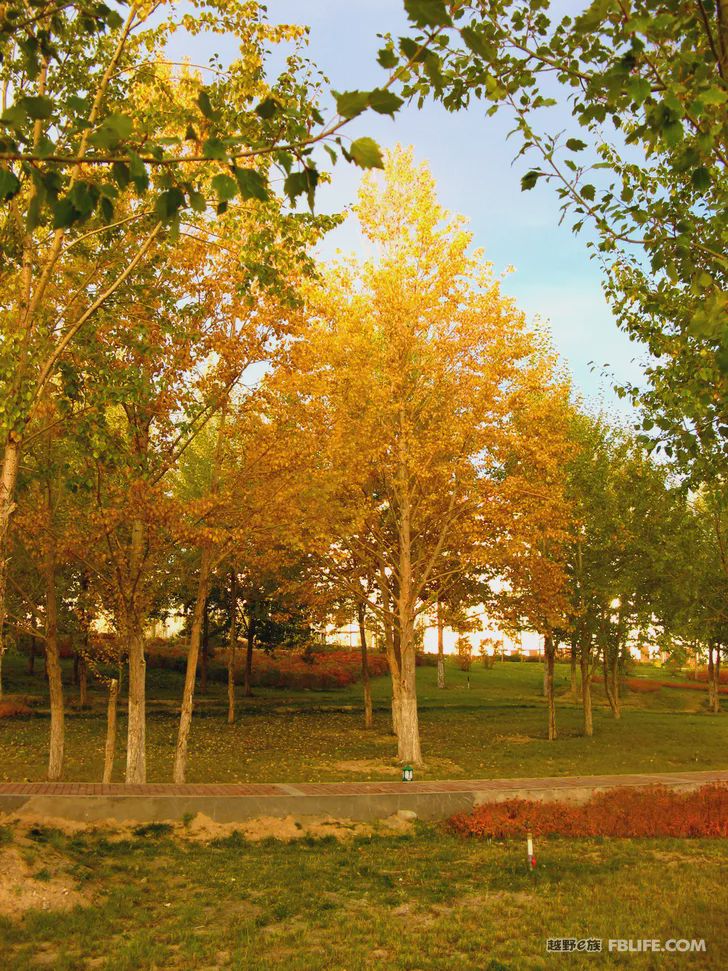
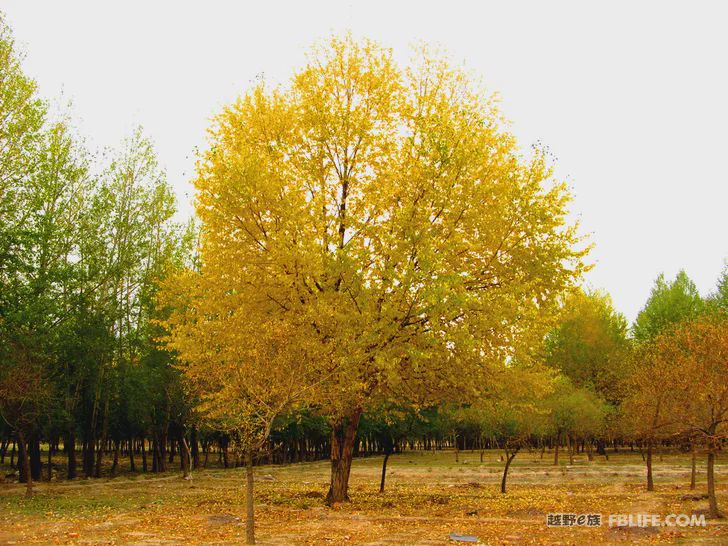
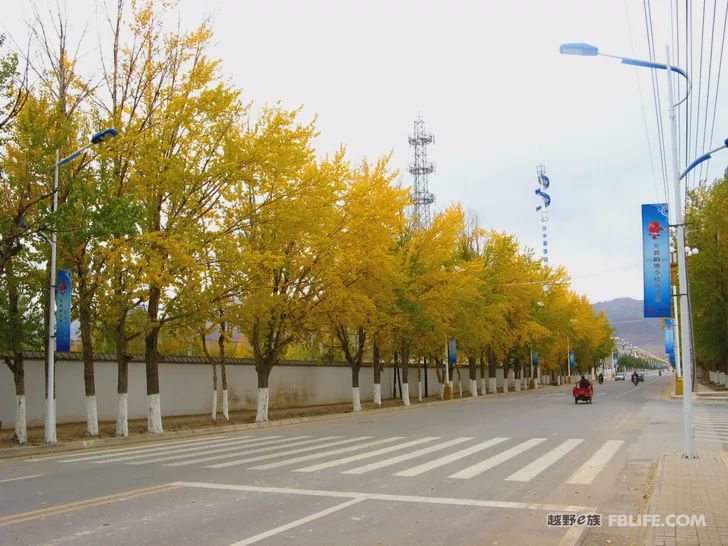
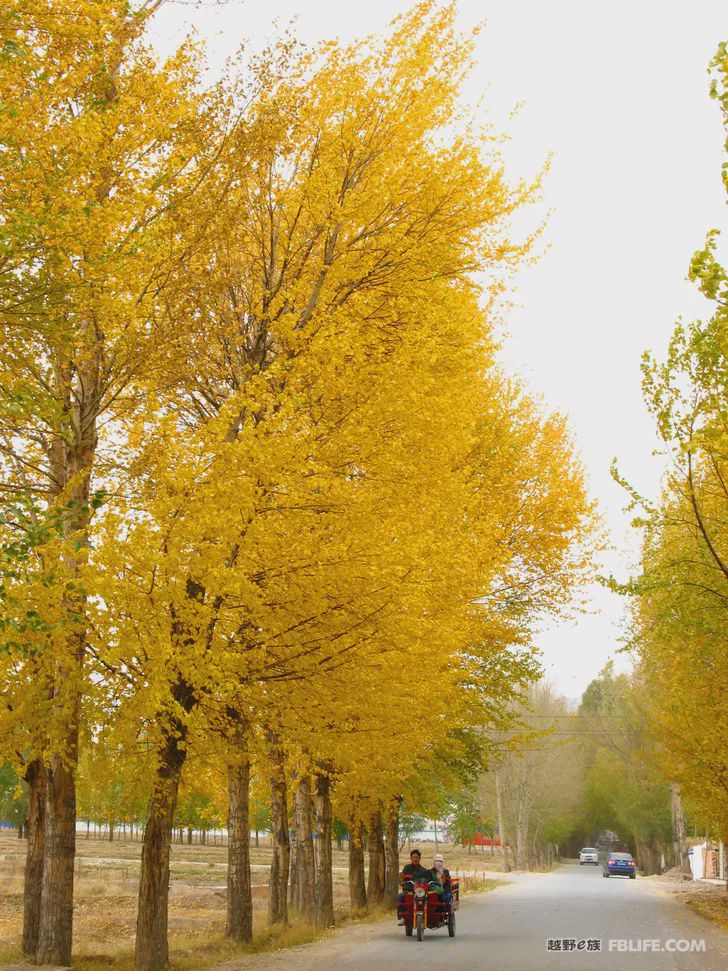
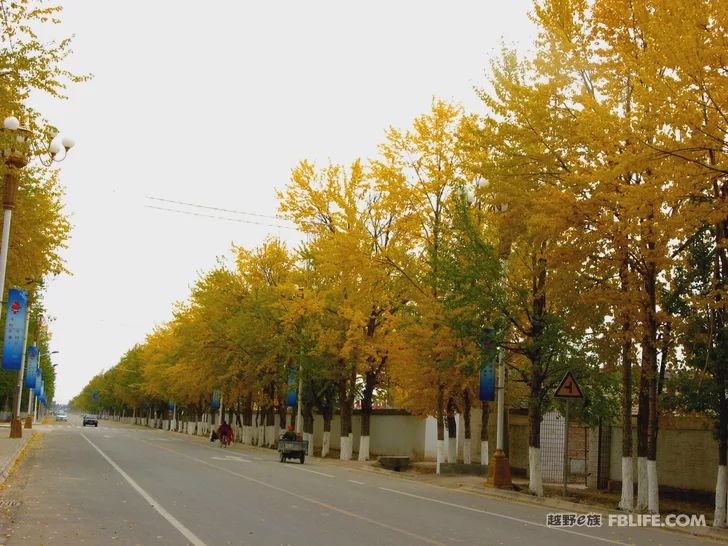
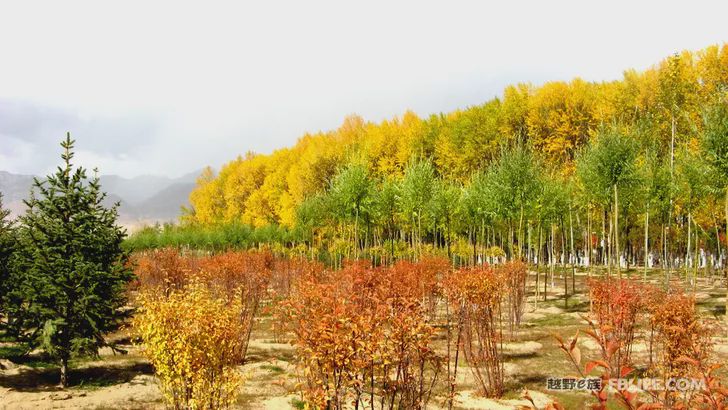
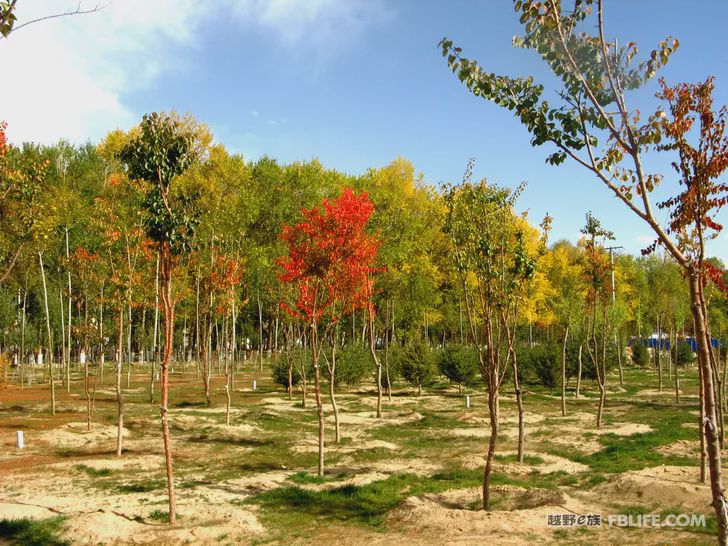
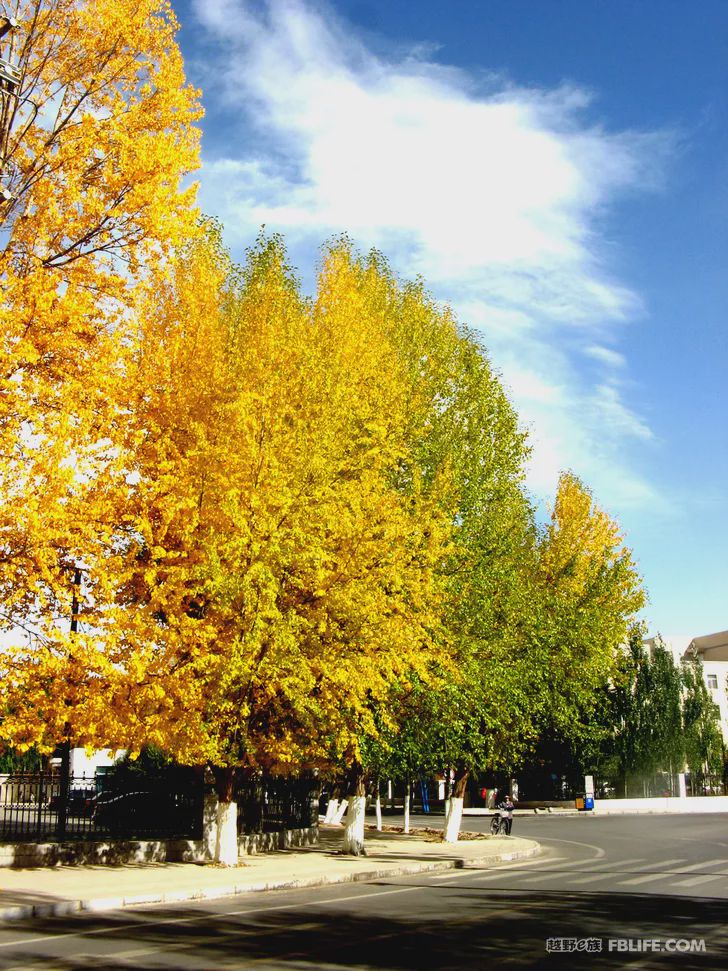
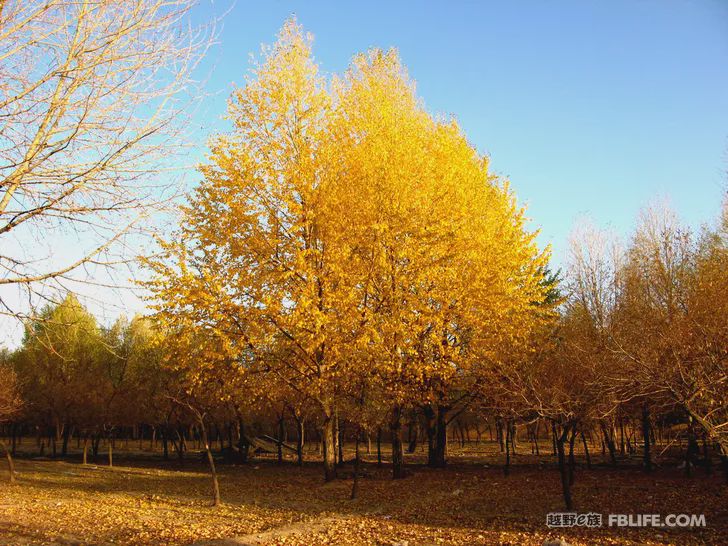
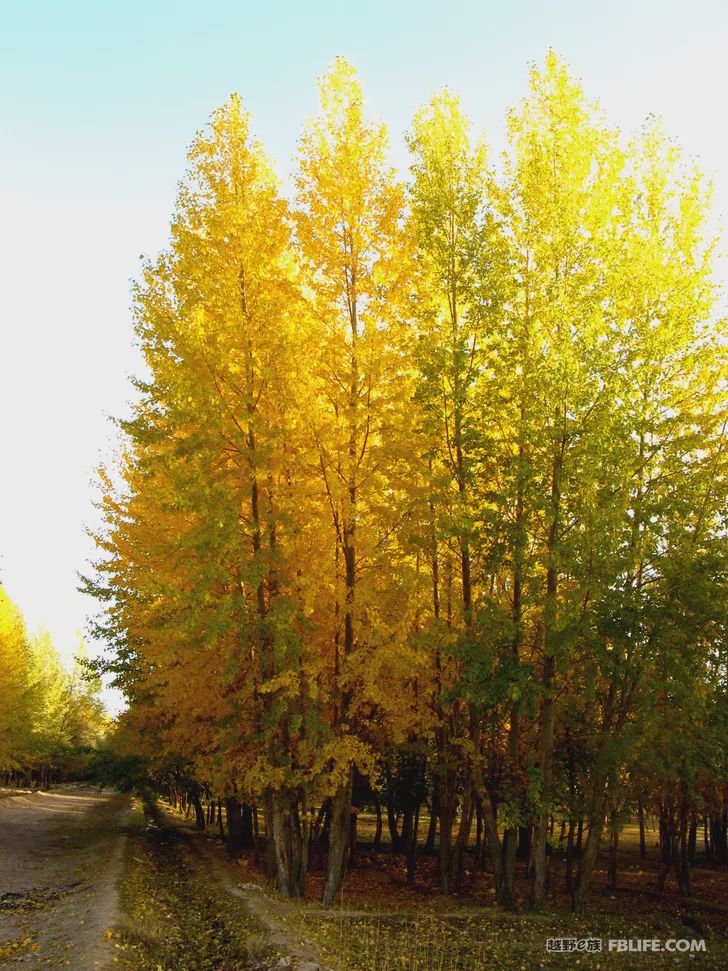


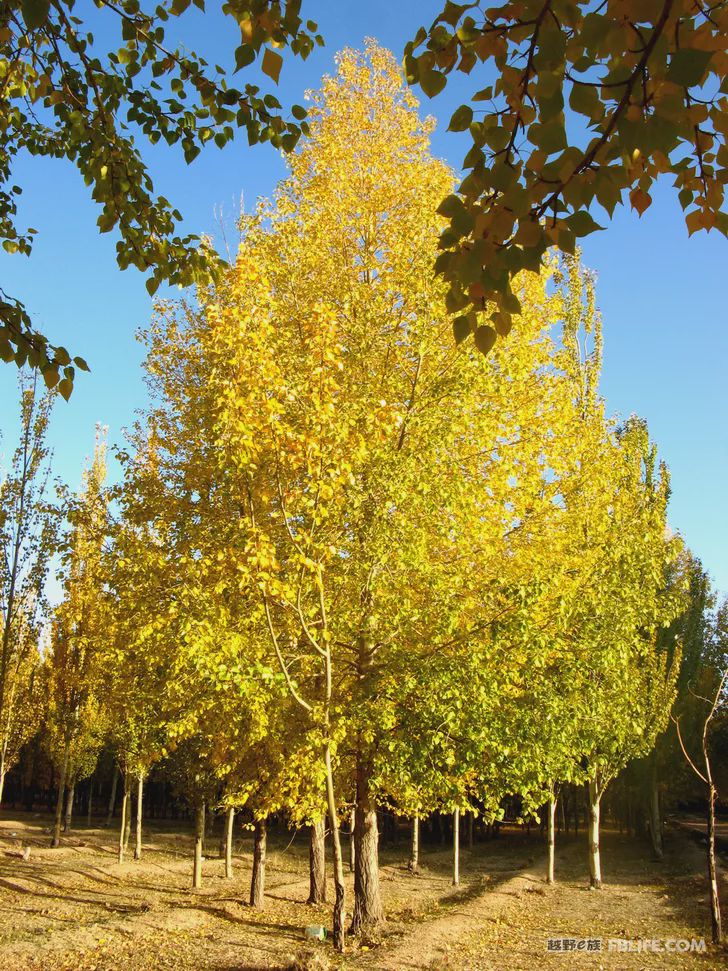
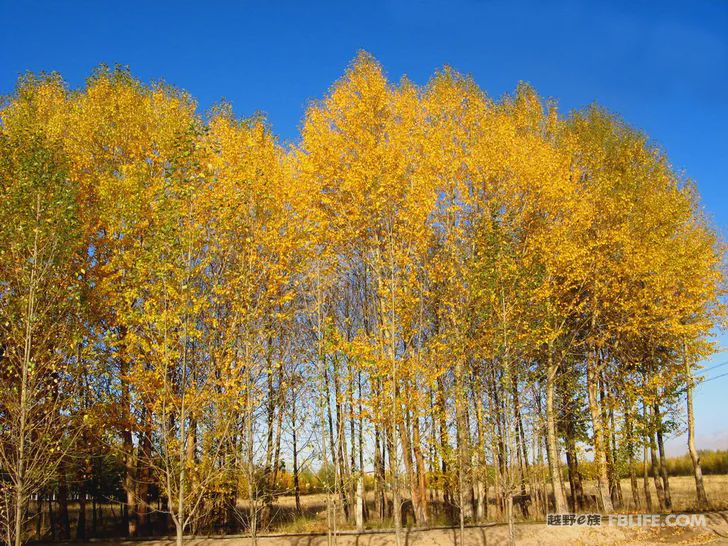
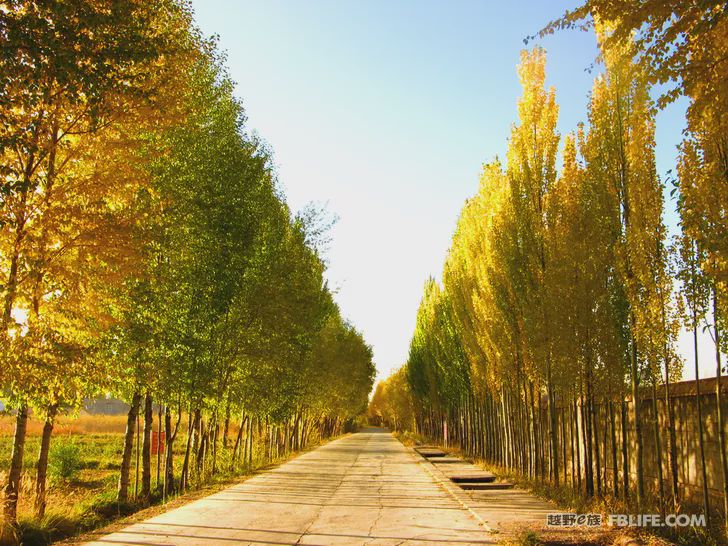
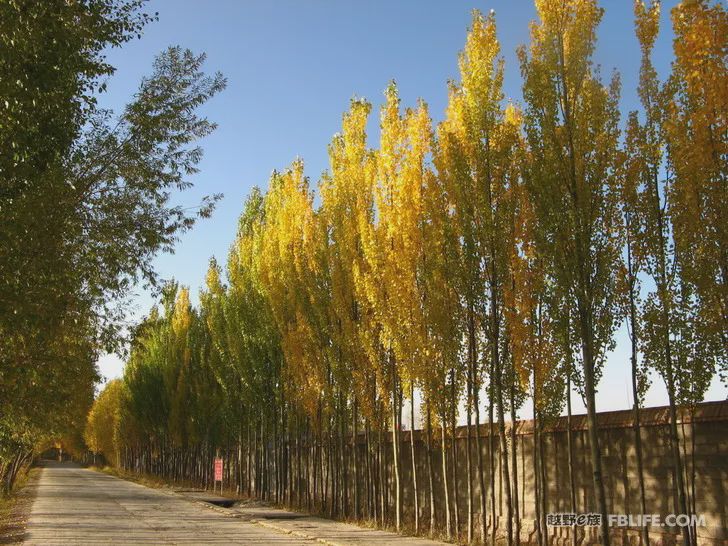
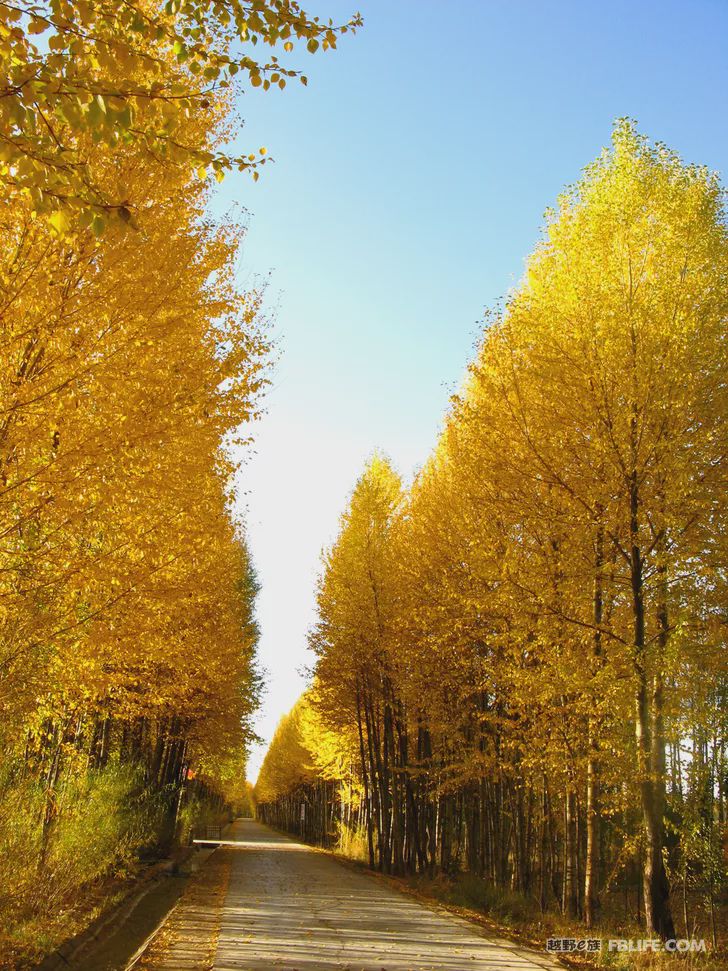
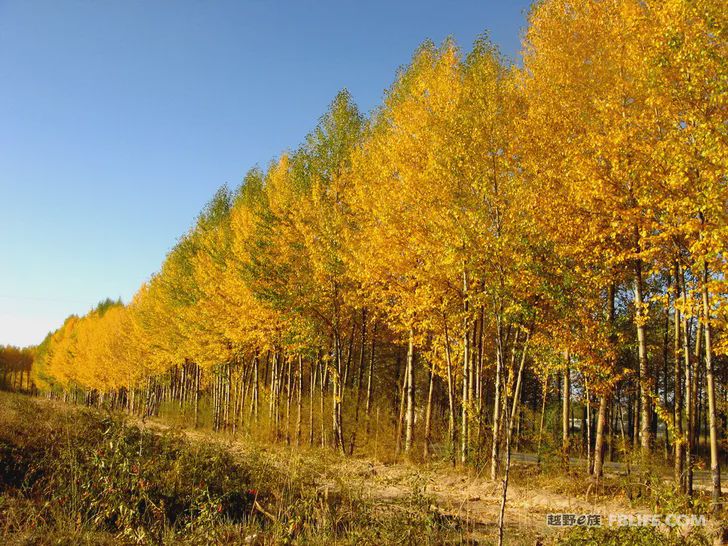
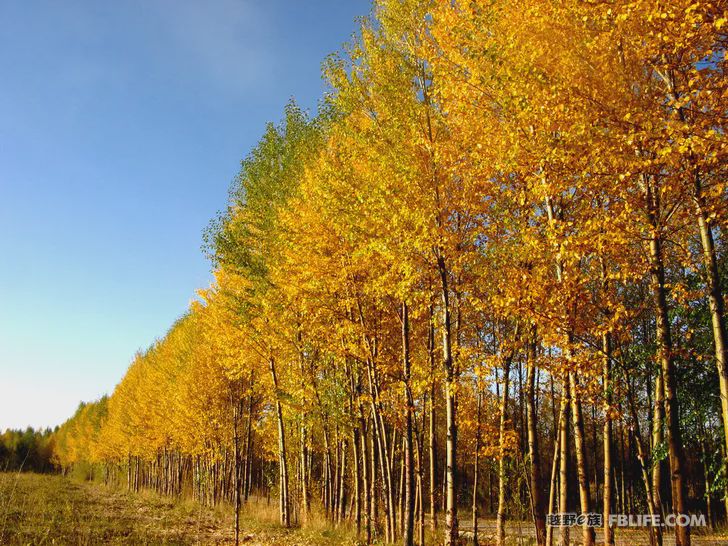
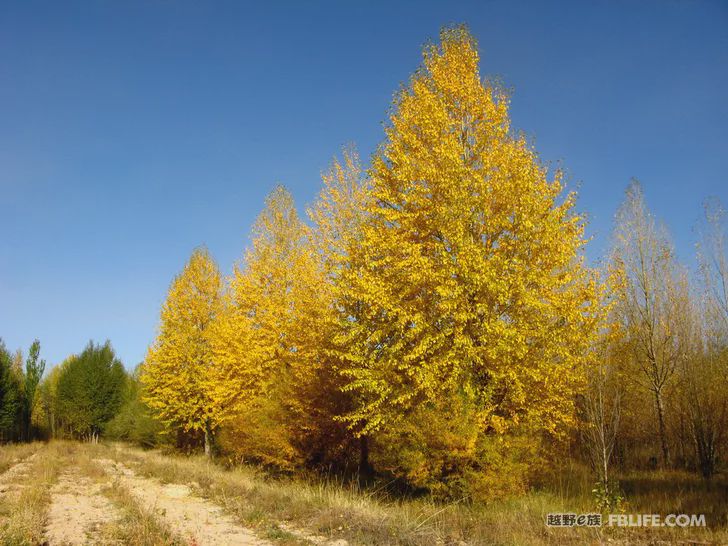
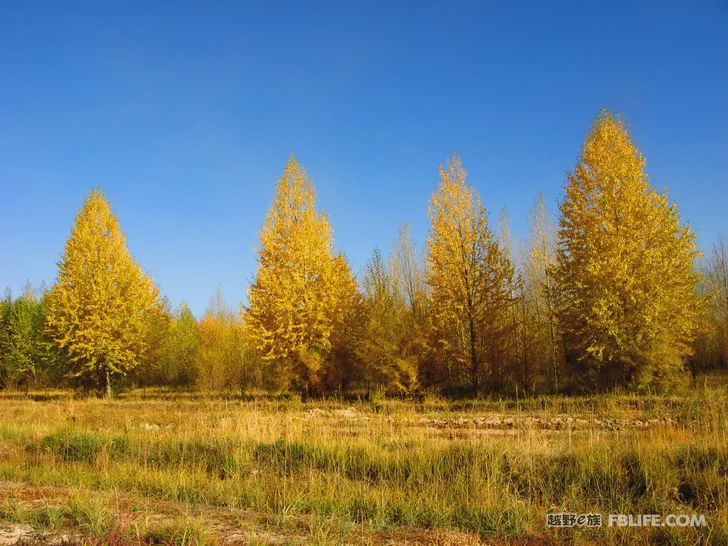
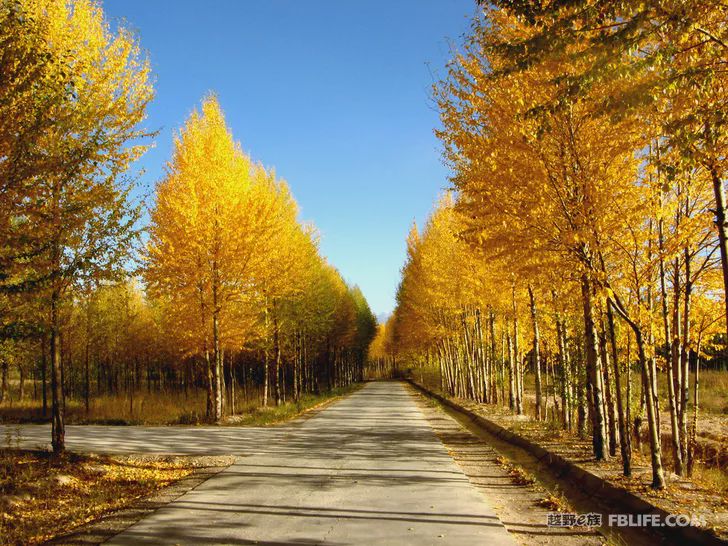
Delingha Botanical Garden
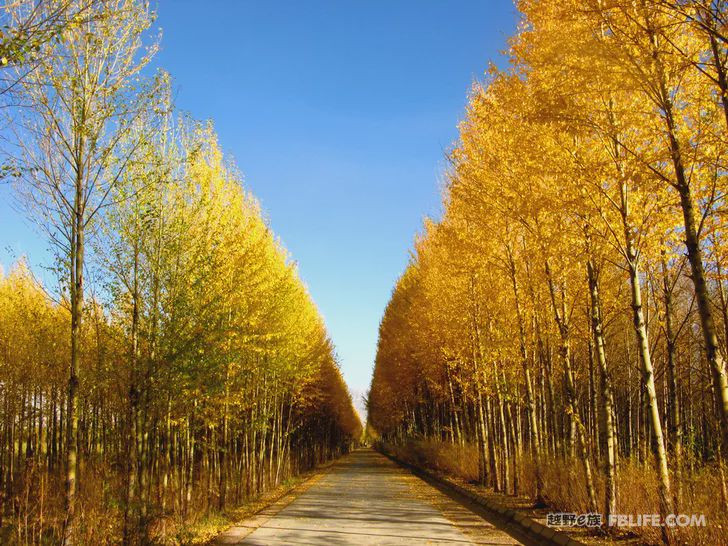
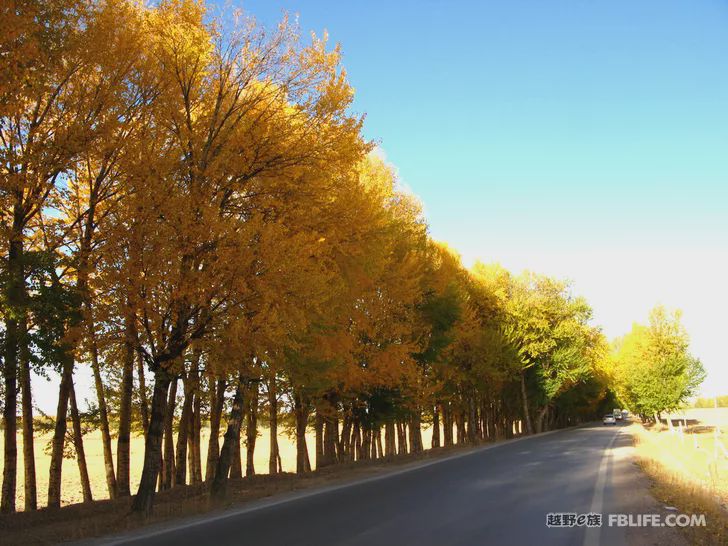
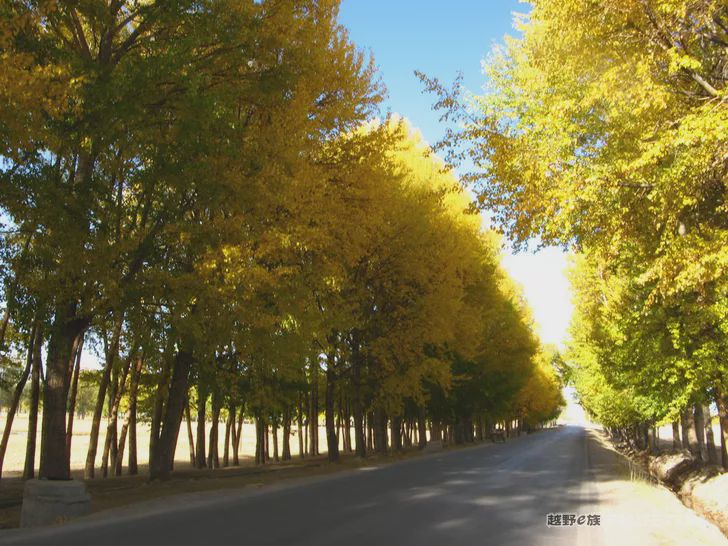
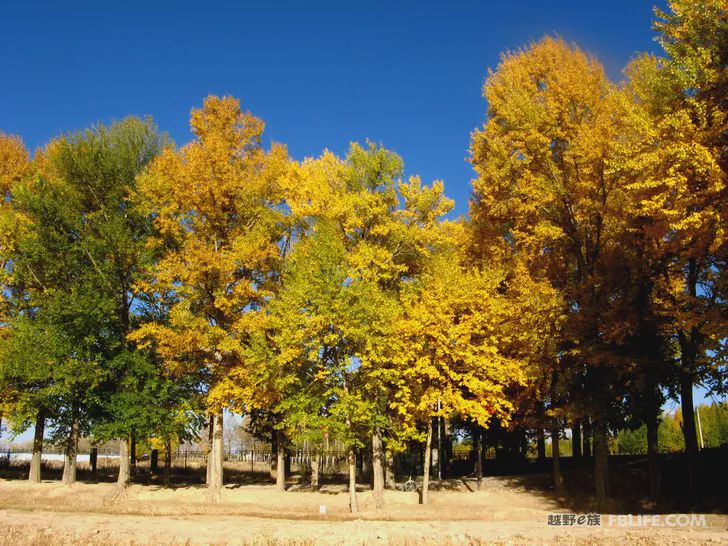
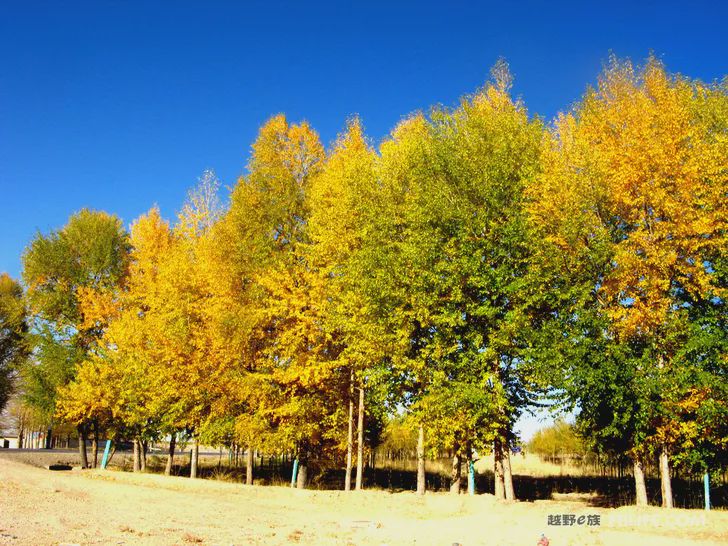
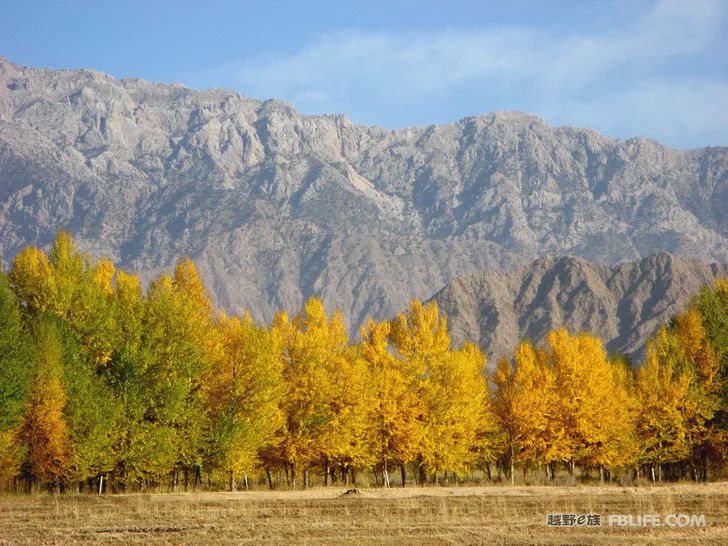
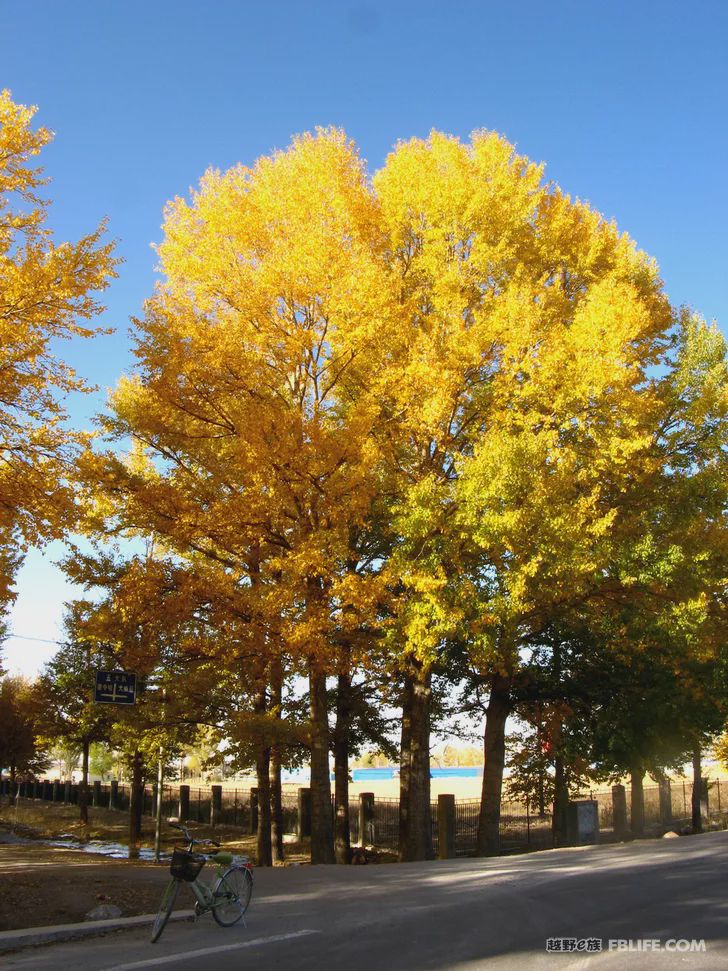
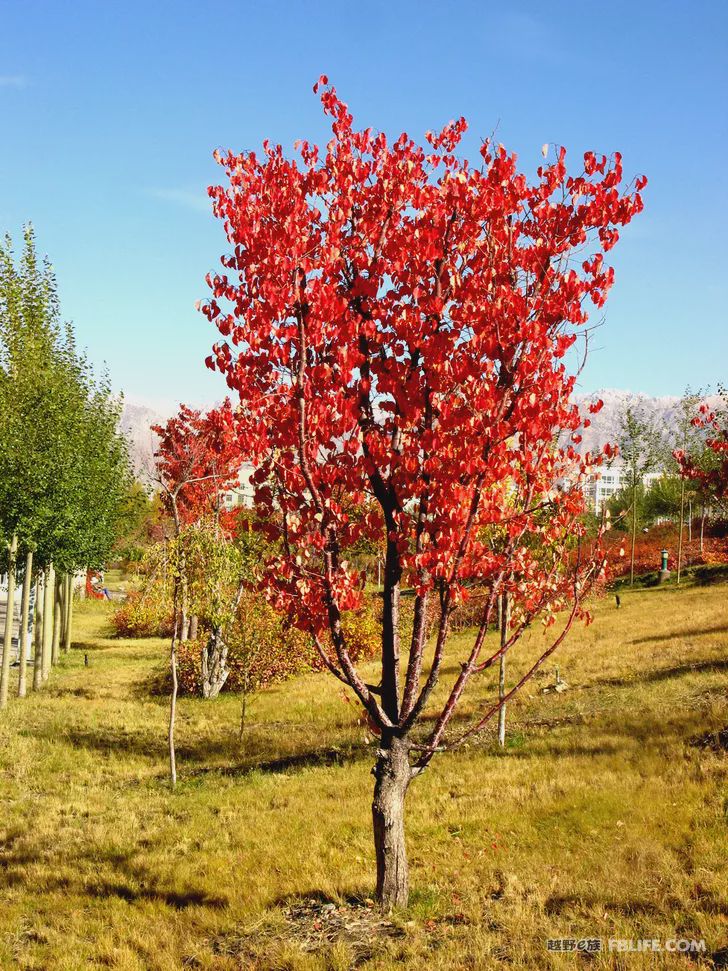
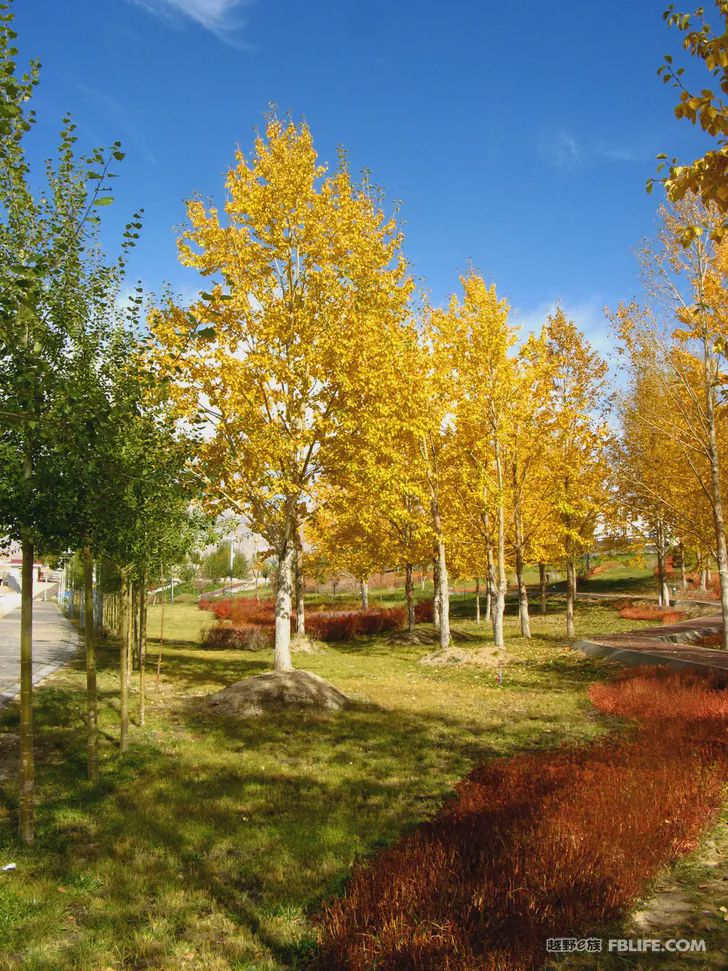

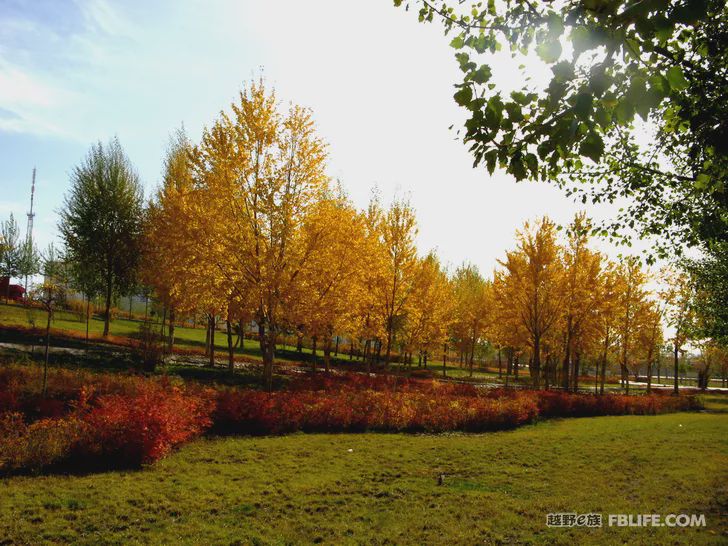
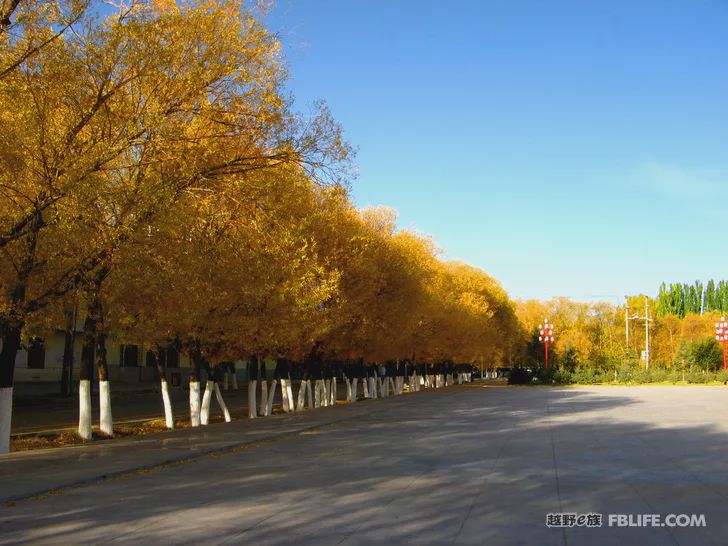
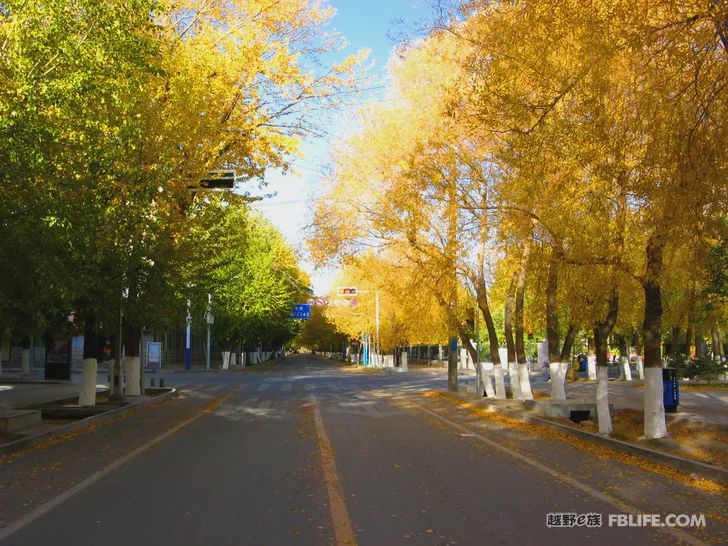


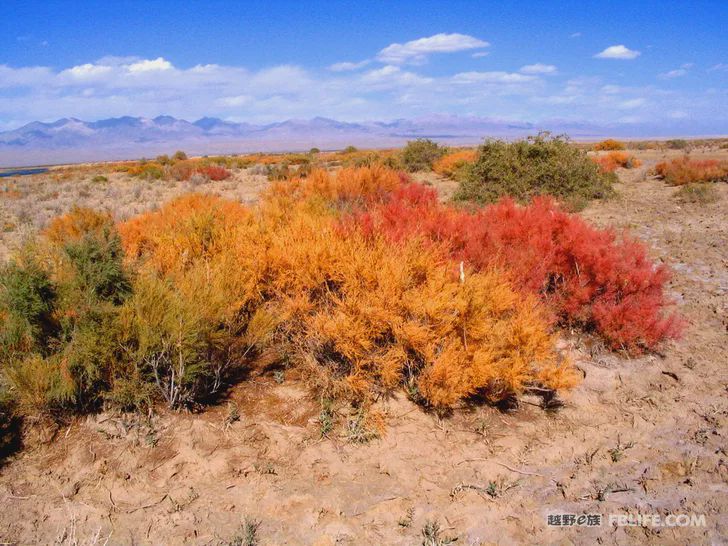
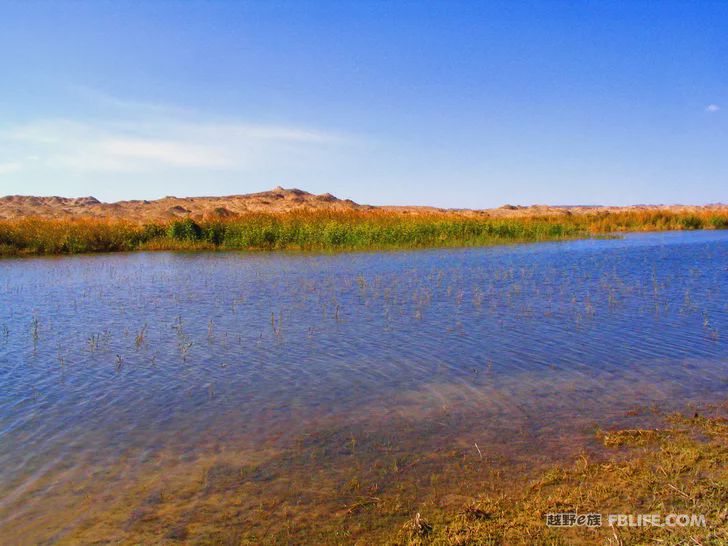
crook l.
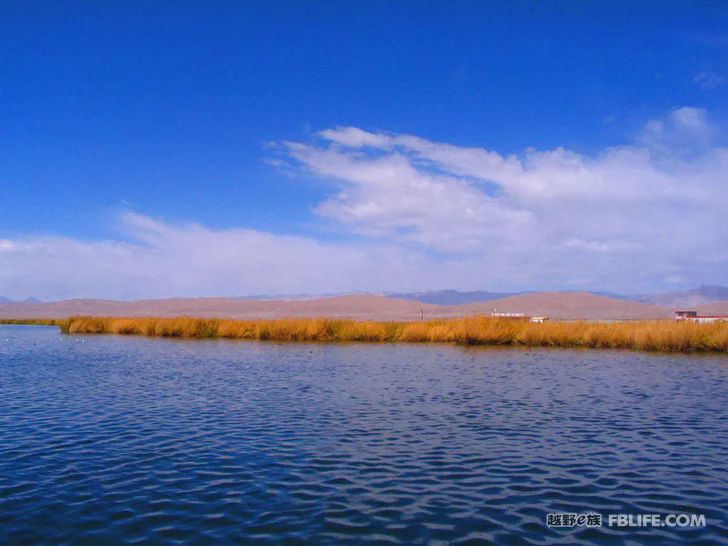

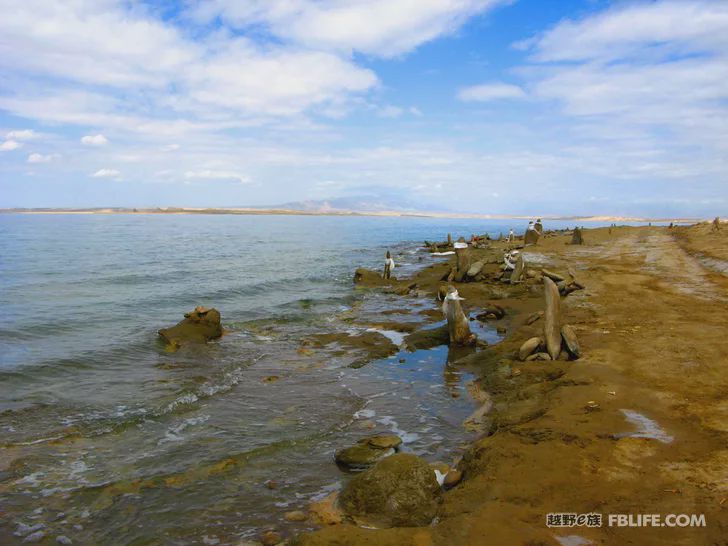
Tosu Lake
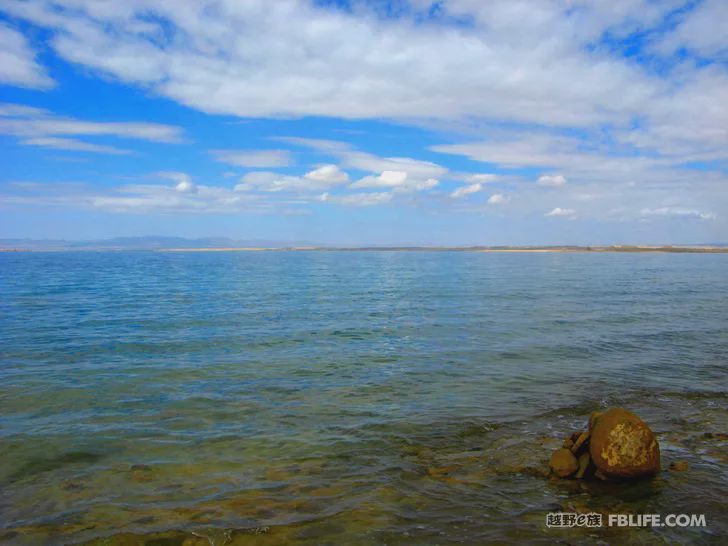
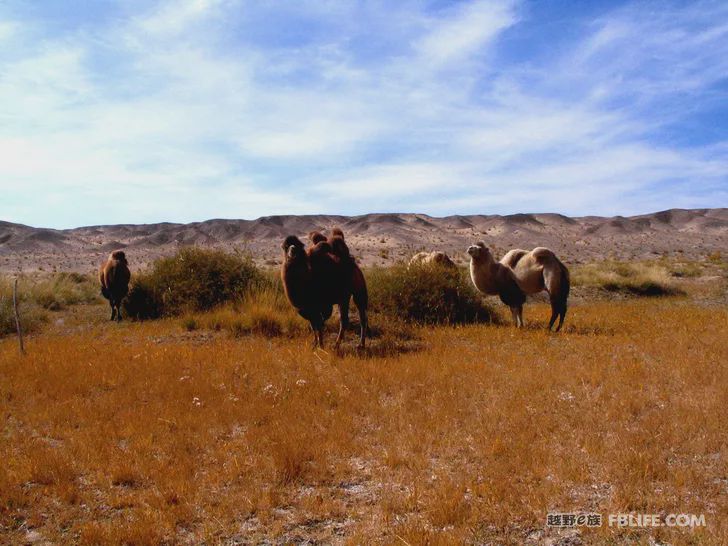
Lake Harrah
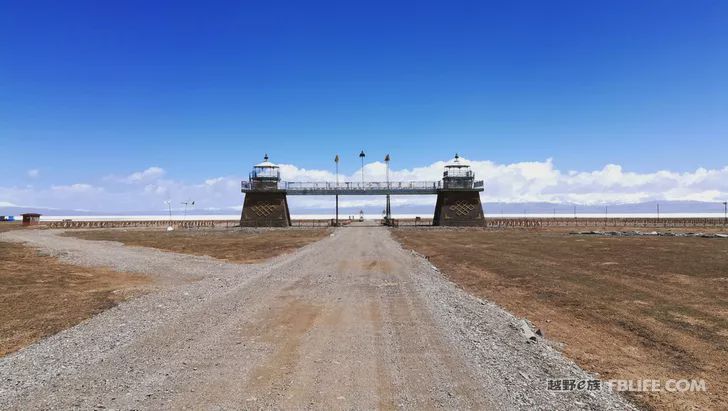
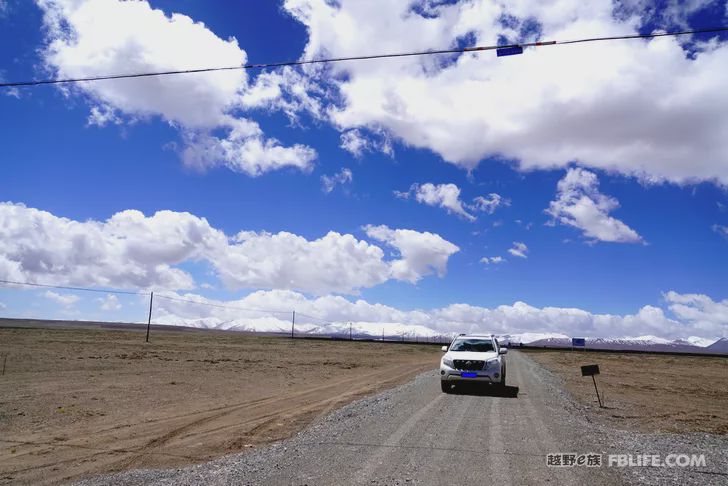
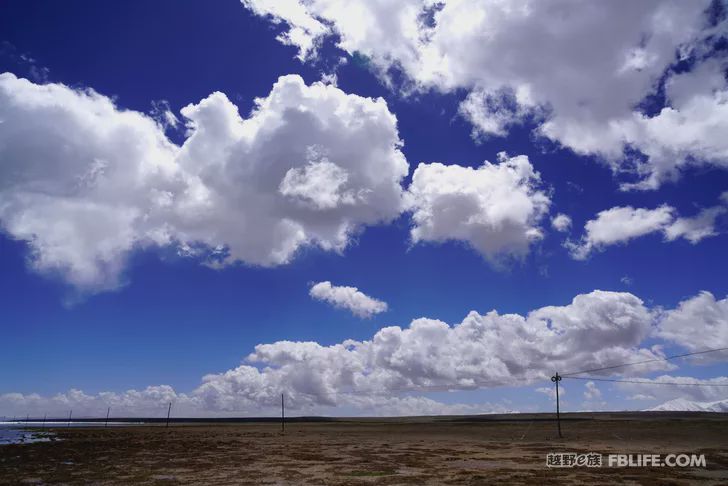
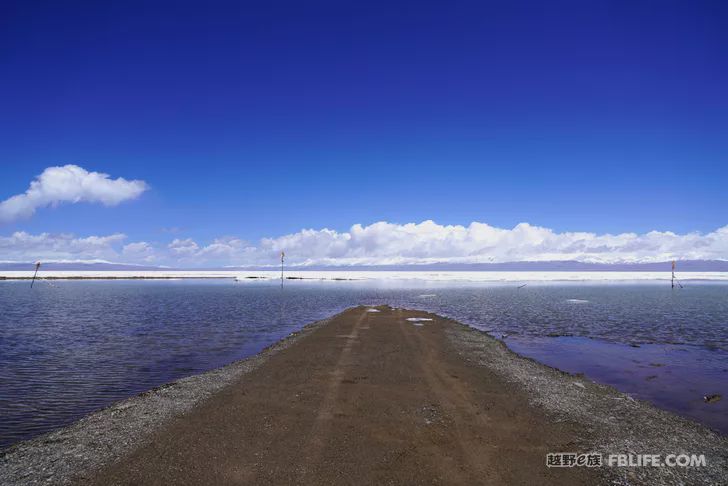
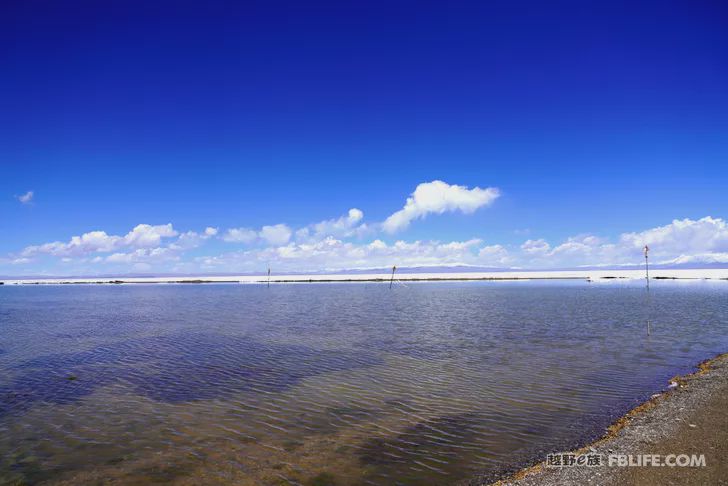
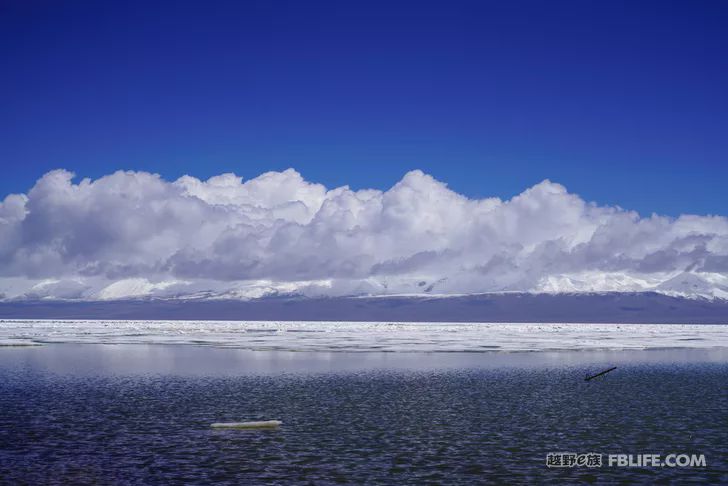
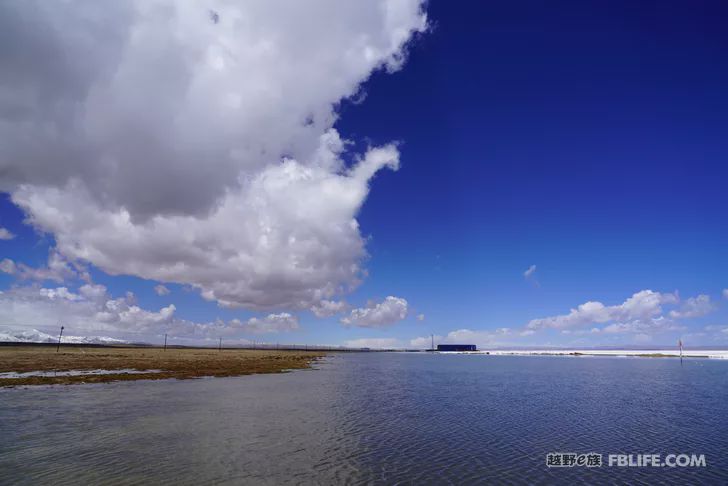
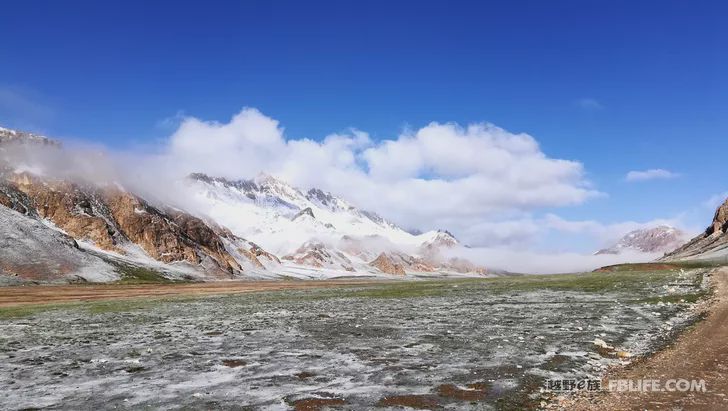
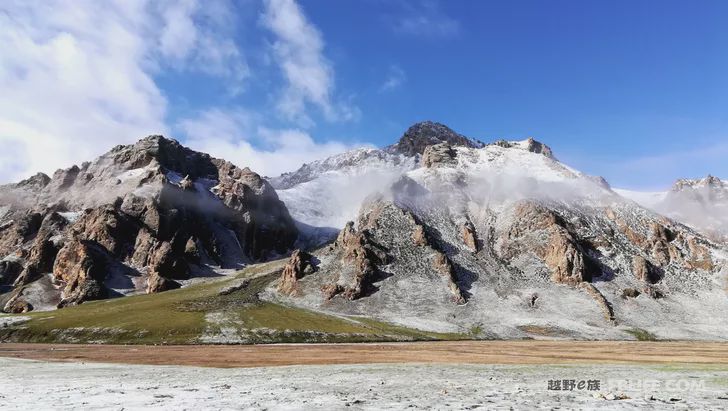
emerald lake
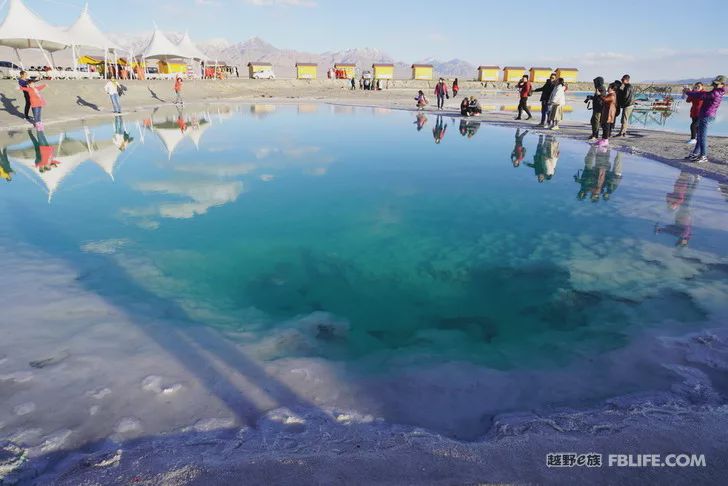
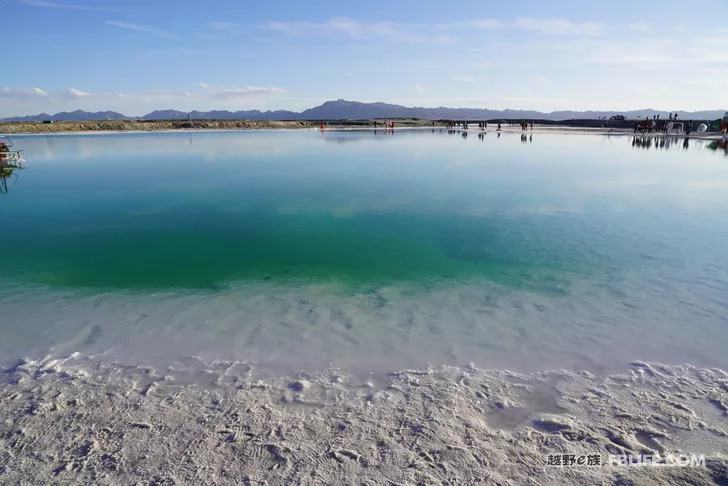

gold sea
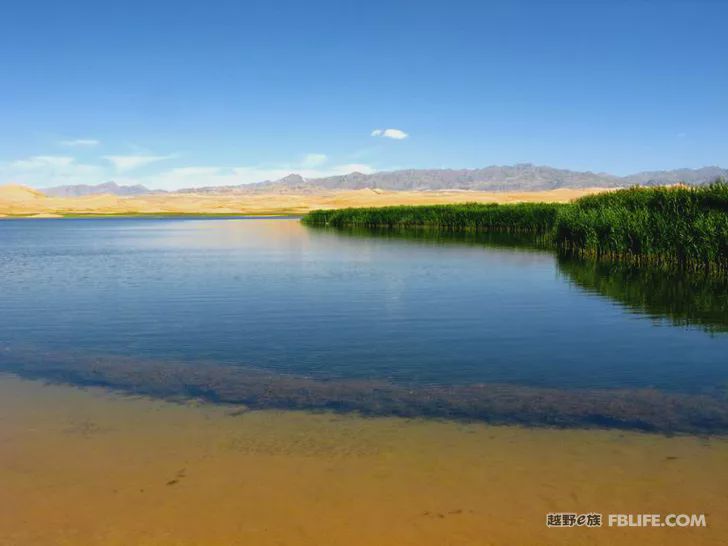
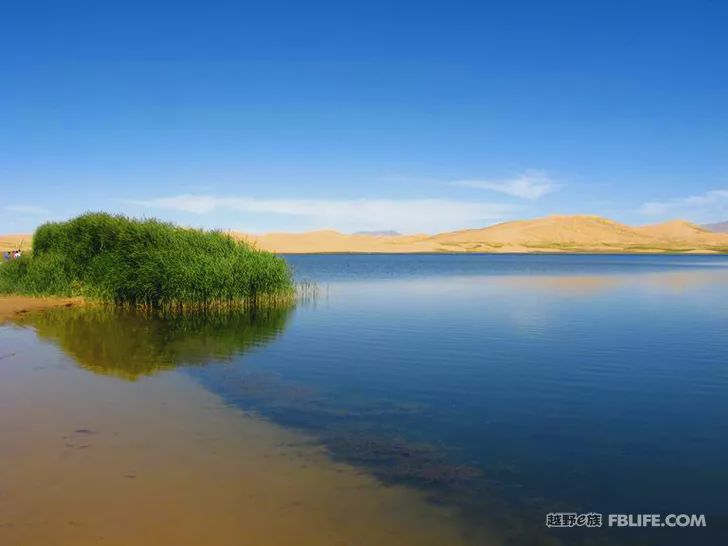

Yadan on the water
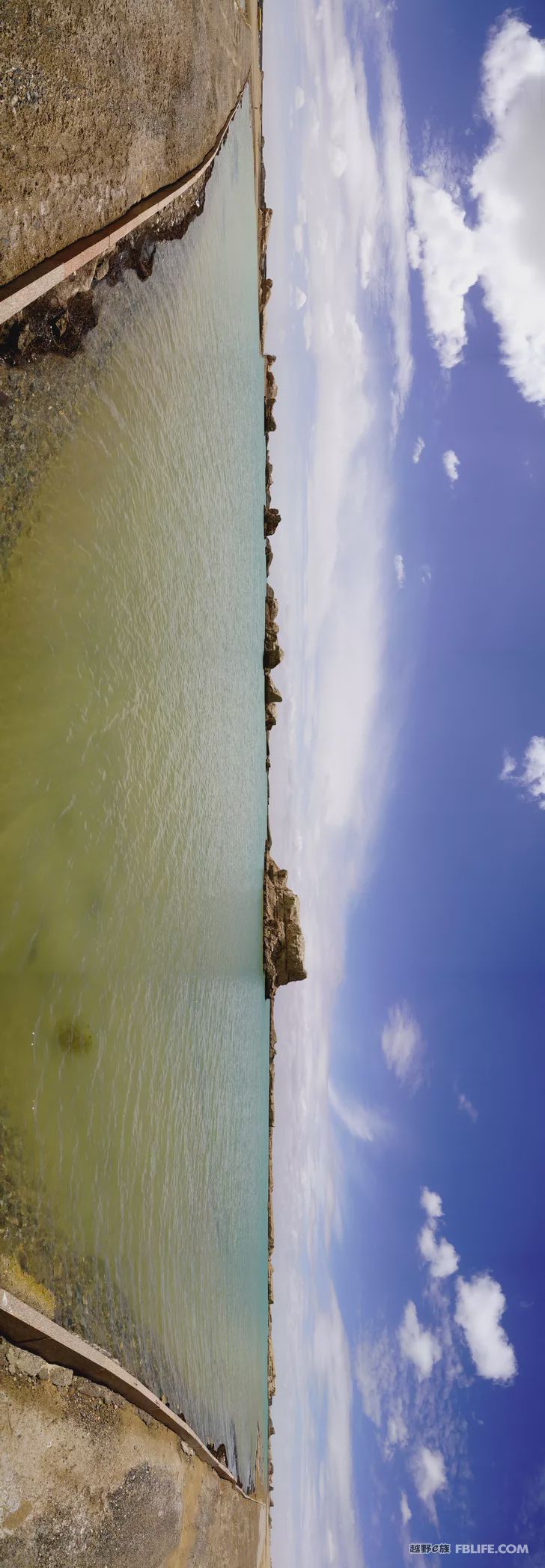
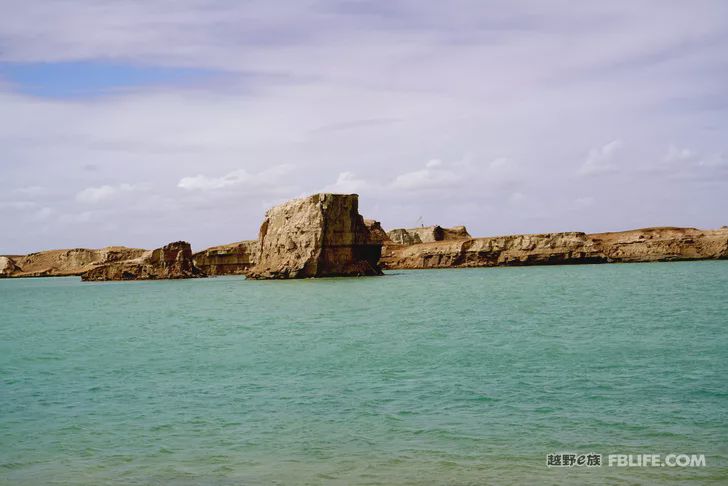
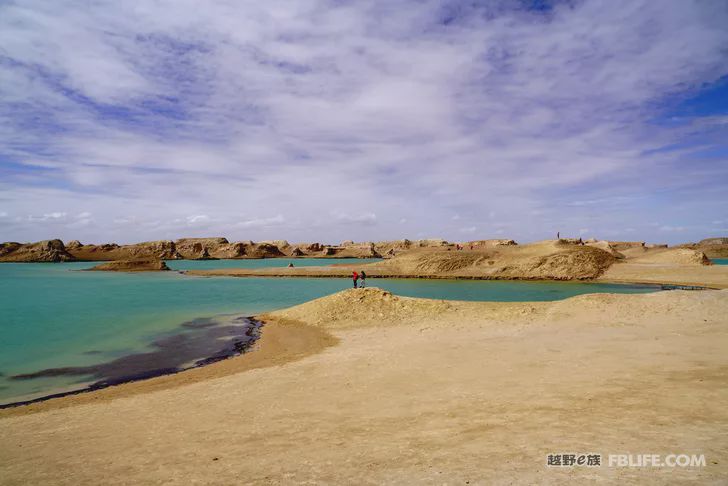
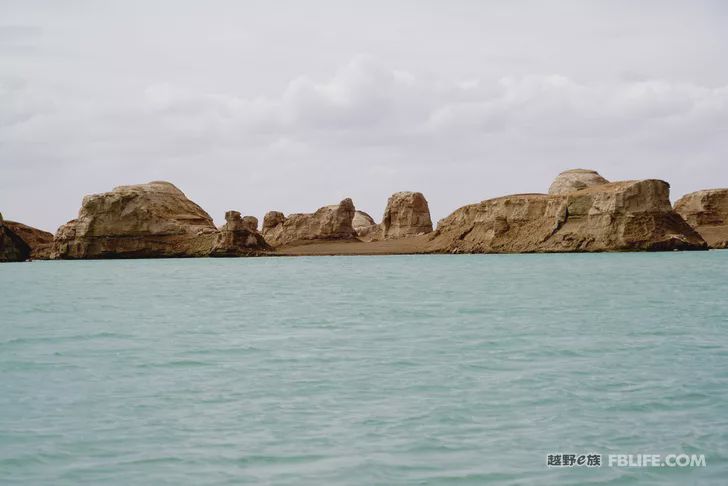
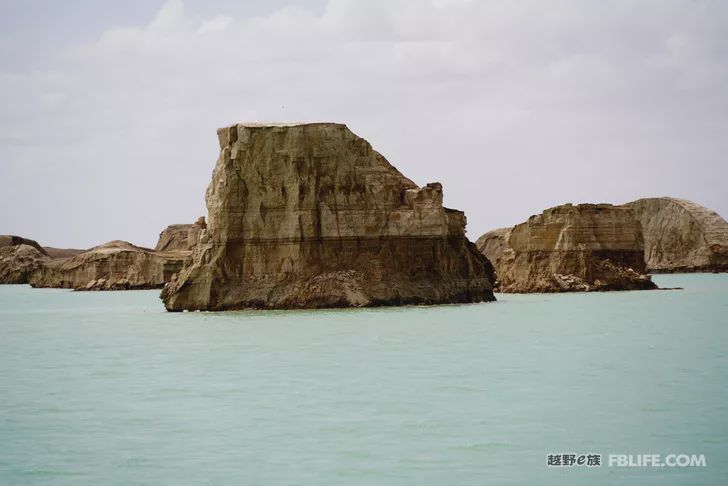
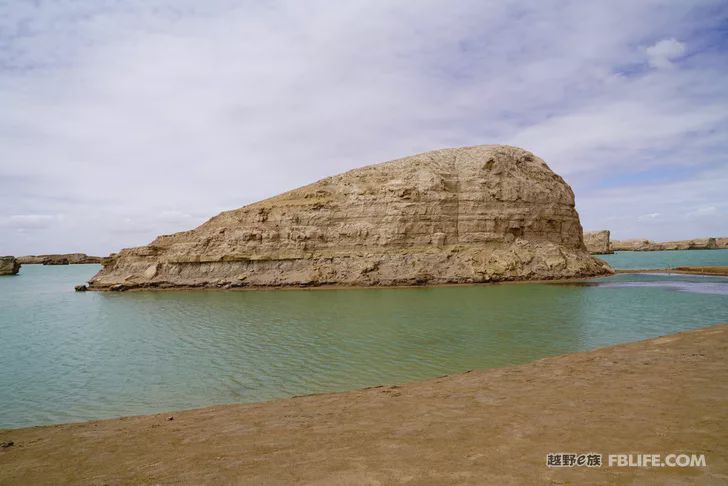
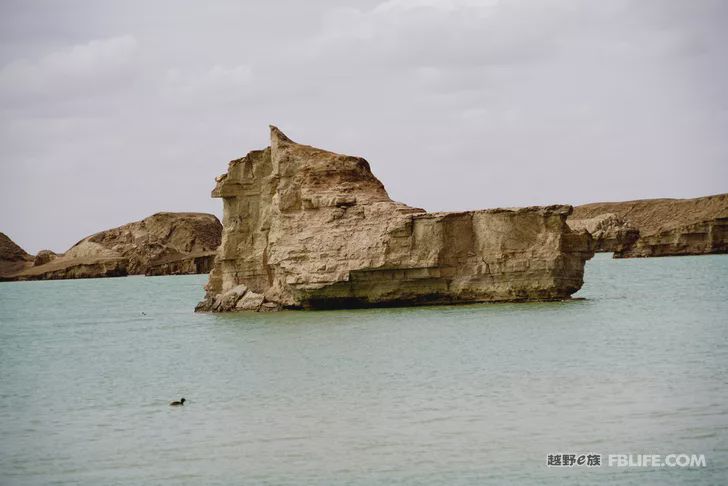
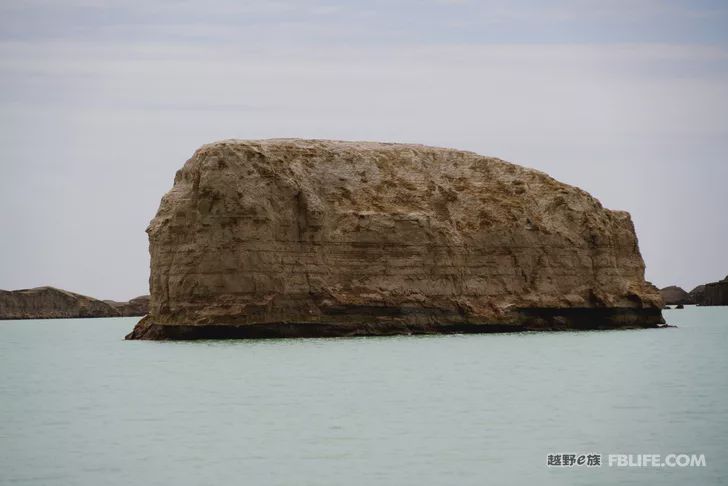
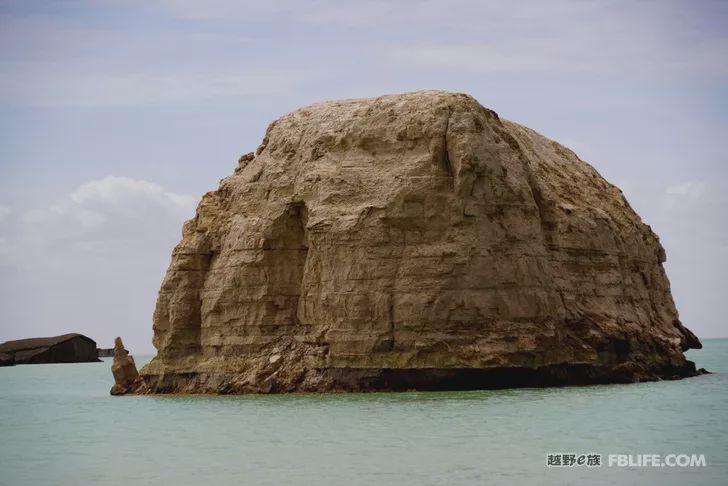
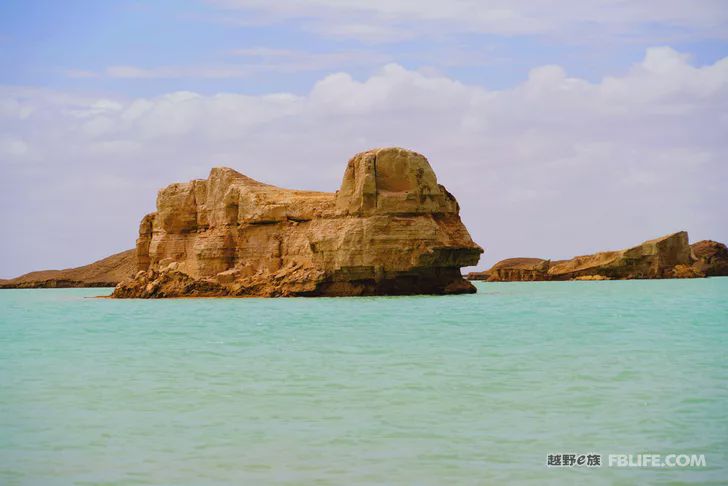
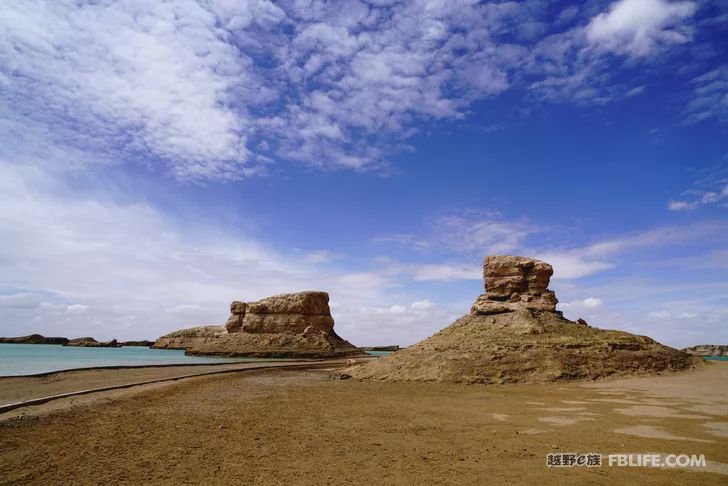
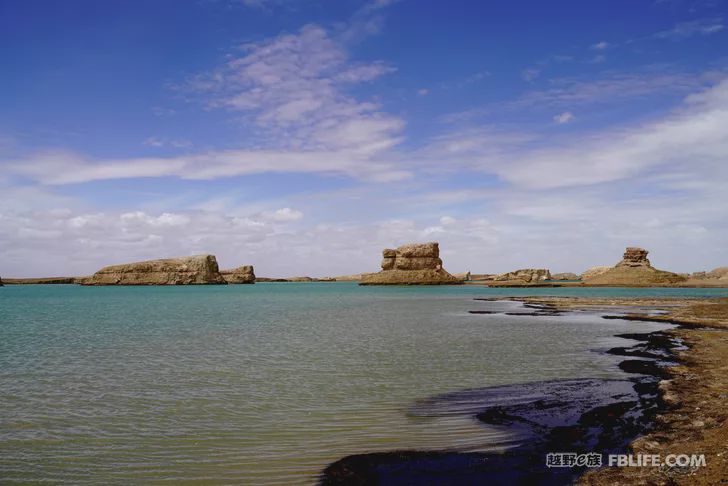
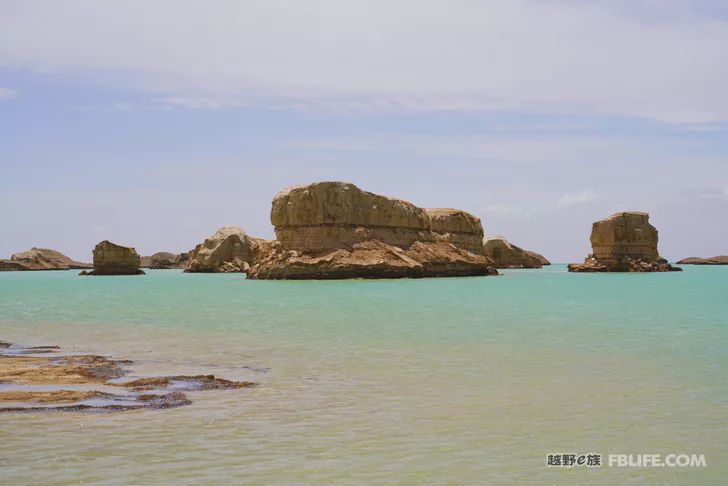


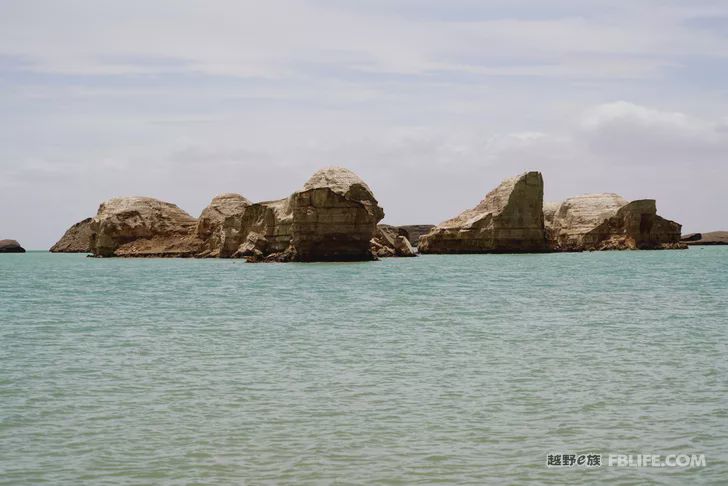
Travel Tips: The climate in and around Delingha is cool, the temperature difference between day and night is large, and the altitude is relatively high, about 3000-3100 meters. 90% of first-timers will have different degrees of altitude sickness. You can adapt by yourself, but those with poor cardiopulmonary function, please be cautious.
end of text
Attachment 1: The poem “Sister, I am in Delingha tonight” by the famous contemporary poet Haizi
Original poem:
Sister, tonight I am in Delingha, the night is shrouded
Sister, I only have Gobi tonight
At the end of the grassland, my hands are empty
Can’t hold a single teardrop in grief
Sister, I’m in Delingha tonight
This is a desolate city in the rain
except those who pass and live
Delingha… tonight
This is the only , the last , lyrical
this is the only , the last prairie
i give stone back stone
let victory win
Tonight the highland barley belongs only to him
everything is growing
Tonight I only have the beautiful Gobi empty
Sister, I don’t care about humans tonight, I just want you.
(End of the whole poem)
Attachment 2: Haizi, a contemporary young poet, was born on March 24, 1964 to March 26, 1989. His original name was Cha Haisheng, and he was born in Chawan Village, Gaohe Town, Huaining County, Anhui Province. Haizi grew up in the countryside. He was admitted to the Law Department of Peking University in 1979 at the age of 15. He began to compose poetry in 1982. After graduating from Peking University in 1983, he was assigned to work in the Philosophy Teaching and Research Office of China University of Political Science and Law in Beijing. On March 26, 1989, he was in Shanhaiguan He committed suicide by lying on a rail nearby at the age of 25.
After graduating from Peking University in 1983, Haizi was assigned to work in the Philosophy Teaching and Research Office of China University of Political Science and Law. In 1984, he created famous works “Asian Copper” and “Al’s Sun”, and used “Haizi” as his pen name for the first time. In less than seven years from 1982 to 1989, Haizi created works of nearly 2 million words, and published “Sister, I’m in Delingha Tonight”, “Asian Copper”, “Wheat Field”, “Taking Dreams as “Horse”, “Poems Dedicated to the Night’s Daughter”, “Land”, “Haizi and Luo Yihe Collection”, “Haizi’s Poems”, “Complete Poems of Haizi” and the last poem “Spring, Ten A Haizi” and so on.
end of text




